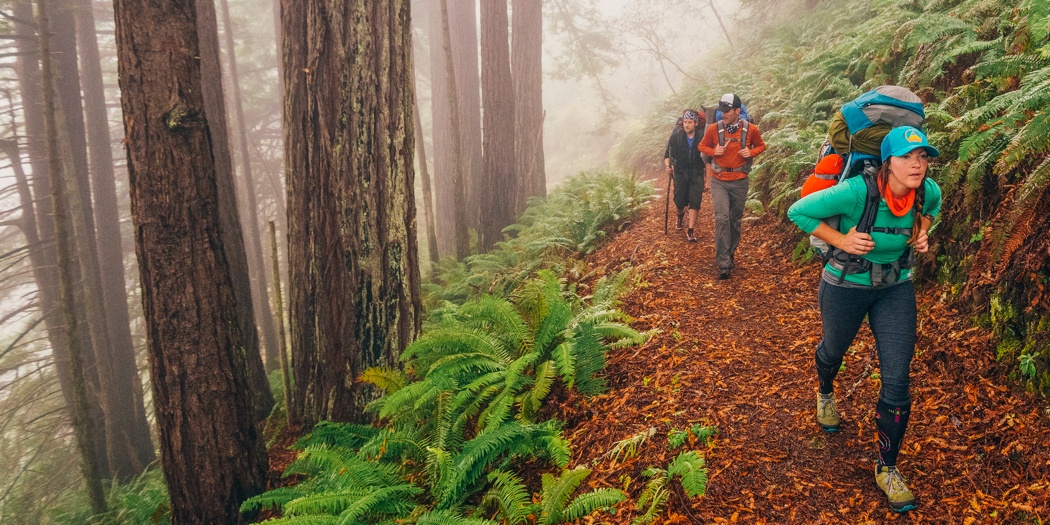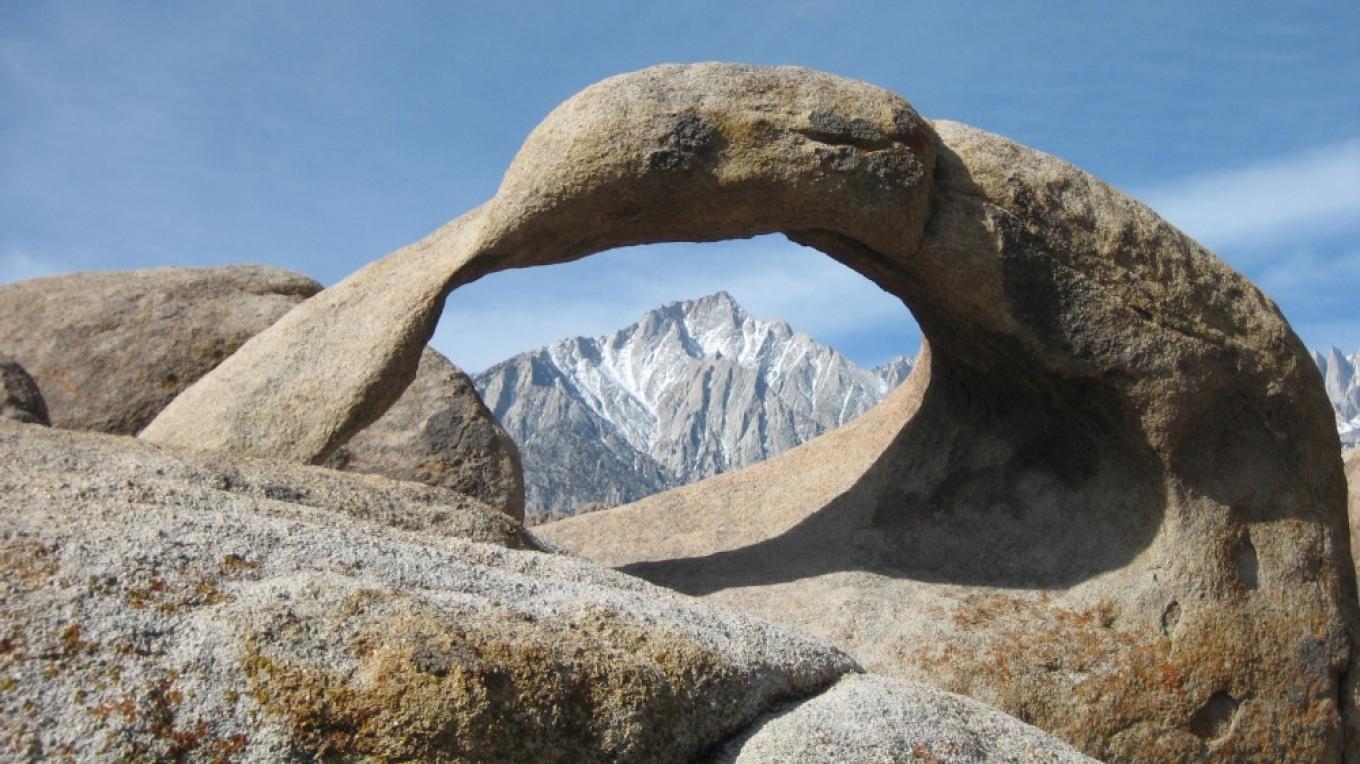California’s Wild Side: A Tactical Guide to BLM Dispersed Camping
While tourists battle for reservations at crowded campgrounds, savvy adventurers are quietly enjoying California’s best-kept outdoor secret: Bureau of Land Management (BLM) dispersed camping. This isn’t just free camping—it’s a portal to the authentic California that exists beyond ranger stations and reservation systems.
Why BLM Camping Transforms Your California Experience
Forget everything you know about traditional camping. BLM dispersed camping operates under a fundamentally different philosophy:
- No designated sites or facilities
- No reservation systems or camp hosts
- Complete immersion in natural environments
- Genuine solitude and silence rarely found elsewhere
- Direct connection to landscapes without interpretive filters
The 15 million acres of BLM land in California represent a parallel universe of outdoor experiences occurring alongside—but distinctly separate from—the state’s more publicized destinations. Here, self-sufficiency replaces convenience, and personal judgment replaces prescribed experiences.
The California BLM Advantage Matrix
What makes BLM camping worth mastering? Consider these transformative benefits:
| Traditional Experience | BLM Alternative |
|---|---|
| Predetermined campsites | Freedom to select perfect locations |
| Neighbors within earshot | Genuine isolation when desired |
| Standardized developed facilities | Self-created custom setups |
| Reservation-dependent access | Spontaneous travel opportunities |
| Managed natural encounters | Authentic wilderness engagement |
The Triple Landscape Strategy: Finding Your Perfect California BLM Spot
Unlike the one-size-fits-all approach of developed camping, effective BLM camping requires matching your destination to three key variables:
1. Elevation Targeting
Low Elevation Zones (0-2,000 ft)
Prime Season: November-March
Key Regions: Imperial Sand Dunes, Panamint Valley, Afton Canyon
Mid Elevation Zones (2,000-5,000 ft)
Prime Season: March-May, September-November
Key Regions: Alabama Hills, Carrizo Plain, Jawbone Canyon
High Elevation Zones (Above 5,000 ft)
Prime Season: June-September
Key Regions: Bodie Hills, Inyo Mountains Wilderness, Ewing-Snell Ranch
2. Ecosystem Selection
Desert Ecosystems
Distinctive Experience: Vast horizons, stellar night skies, geological features
Strategic Value: Winter and early spring prime seasons when other areas inaccessible
Woodland Ecosystems
Distinctive Experience: Natural shade, wildlife concentration, seasonal water features
Strategic Value: Moderate microclimates during temperature extremes elsewhere
Riparian Zones
Distinctive Experience: Water features, biodiversity concentration, natural soundscapes
Strategic Value: Green oases during summer dormancy periods elsewhere
3. Access Calculation
Standard Vehicle Access
Key Areas: Alabama Hills, Carrizo Plain, Dumont Dunes
Strategic Value: Emergency exit options, easier supply replenishment
High-Clearance Required
Key Areas: Trona Pinnacles, Saline Valley, Cadiz Dunes Wilderness
Strategic Value: Significantly reduced visitation, intermediate solitude
4WD Technical Access
Key Areas: Goler Canyon, Coyote Mountains, Granite Mountain
Strategic Value: Maximum isolation, pristine conditions, genuine wilderness
The Core Rules: California BLM Camping Essentials
While BLM camping offers remarkable freedom, several non-negotiable regulations apply specifically to California:
- 14-Day Limit: Maximum 14-day stay within any 28-day period at a single location
- Movement Requirement: 25-mile minimum relocation after reaching limit
- Water Proximity: Camp at least 200 feet from any water source
- Road Relation: Remain within 150 feet of established roads
- Fire Regulations: California fire permits required even for portable stoves; complete bans during high fire seasons
- Cultural Resource Protection: Maintain distance from archaeological sites
- Complete Waste Removal: Pack out everything, including human waste in many areas
The California BLM Self-Sufficiency Trinity
Successful BLM camping hinges on mastering three interdependent systems:
1. Water Management System
California’s arid environments require comprehensive water strategy:
- Volume Formula: Calculate (group size × days × 1.5 gallons) + 50% contingency
- Storage Approach: Multiple small containers rather than single large tank
- Conservation Methods: Gravity handwashing stations, multi-use planning
- Quality Preservation: Shade protection, container rotation, anti-contamination protocols
2. Navigation Matrix
The remote nature of prime BLM land requires redundant navigation:
- Physical Tools: BLM Surface Management maps, compass, written directions
- Digital Systems: Downloaded offline maps in multiple applications
- Marker Protocol: Record waypoints at critical junctions
- Emergency Backup: Coordinates for nearest assistance, satellite communication device
3. Climate Adaptation Framework
California’s extreme microclimates demand environmental countermeasures:
- Temperature Regulation: Shade structures, ventilation systems, appropriate insulation
- Wind Mitigation: Strategic positioning, reinforced anchoring, natural barrier utilization
- Precipitation Response: Proper drainage, waterproofing systems, flash flood awareness
- Exposure Protection: UV management, dust control measures, visibility planning
Five Undiscovered California BLM Treasures
While some BLM locations have gained popularity, these five exceptional areas remain largely unknown:
1. Black Mountain Wilderness
Location: Northwestern Mojave Desert
Distinctive Features: Ancient Joshua tree forests, volcanic tablelands, petroglyphs
Strategic Value: All-season accessibility with elevation variations
2. Panoche Hills
Location: Western San Joaquin Valley
Distinctive Features: Rolling oak-studded grasslands, spring wildflowers, raptors
Strategic Value: Winter and spring prime seasons when coastal areas are wet
3. Chimney Creek
Location: Southern Sierra Nevada foothills
Distinctive Features: Perennial creek, transitional ecosystem, Sequoia vistas
Strategic Value: Mid-elevation offers extended season accessibility
4. Sacramento River Bend
Location: Northern Sacramento Valley
Distinctive Features: Riparian corridors, oak woodlands, river access
Strategic Value: Year-round camping climate with seasonal variations
5. Cedar Creek ISA
Location: Coast Range between Ukiah and Clear Lake
Distinctive Features: Old-growth Douglas fir, pristine watersheds, isolation
Strategic Value: Summer accessibility when inland areas too hot
The Expert’s First Trip Blueprint
For your inaugural California BLM camping adventure:
Pre-Trip Preparation
- Area Research: Select appropriate location based on season, vehicle, experience level
- Regulation Verification: Contact managing BLM field office for current rules
- Map Acquisition: Obtain physical maps and download digital versions
- Supply Calculation: Prepare water, food, emergency supplies with ample buffer
- Itinerary Distribution: Share detailed plans with non-traveling contact
Essential Gear Beyond Basics
- Sun Protection System: Portable shade structure regardless of destination
- Navigation Package: Physical maps, downloaded digital maps, compass
- Water Security: Multiple containers, filtration backup, conservation tools
- Waste Management: Portable toilet system, pack-out bags, disposal plan
- Vehicle Support: Basic recovery equipment appropriate to terrain
First Trip Location Recommendations
- Alabama Hills: Perfect beginner area with reliable access and cell service
- Tumco Ghost Town area: Established camping areas with historical interest
- Crowley Lake BLM lands: Beautiful views with proximity to services
Long-Term Access Strategy: The LTVA Alternative
For extended winter stays, California’s Long-Term Visitor Areas (LTVAs) offer an exceptional alternative to the standard 14-day limit:
- Season: September 15 through April 15
- Permits: $180 for entire seven-month season or $40 for 14-day pass
- Amenities: Basic facilities including dump stations, trash collection
- Primary California Option: Imperial Dam LTVA near Winterhaven
These designated areas create winter communities of like-minded outdoor enthusiasts while maintaining much of the self-reliant character of dispersed camping.
Conclusion: The Freedom-Responsibility Equation
California’s BLM lands represent a rapidly vanishing commodity: public space where self-reliance and personal judgment still matter more than facilities and amenities. The continued availability of this freedom depends entirely on visitor stewardship.
Each time you camp on California’s BLM lands, you cast a vote for the future of this access through your actions. By camping thoughtfully and sharing ethical practices with others, you help preserve one of California’s most valuable outdoor traditions—the freedom to find your own perfect place in the wild without reservations, facilities, or significant constraints.
The wild California still exists beyond the campground reservation systems. You just need to know where to look and how to travel responsibly once you find it.

